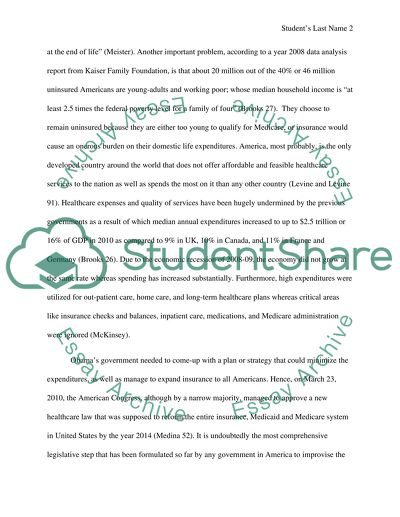Cite this document
(“Affordable Care Act: Is it feasible or not Research Paper”, n.d.)
Affordable Care Act: Is it feasible or not Research Paper. Retrieved from https://studentshare.org/health-sciences-medicine/1467042-affordable-care-act-is-it-feasible-or-not
Affordable Care Act: Is it feasible or not Research Paper. Retrieved from https://studentshare.org/health-sciences-medicine/1467042-affordable-care-act-is-it-feasible-or-not
(Affordable Care Act: Is It Feasible or Not Research Paper)
Affordable Care Act: Is It Feasible or Not Research Paper. https://studentshare.org/health-sciences-medicine/1467042-affordable-care-act-is-it-feasible-or-not.
Affordable Care Act: Is It Feasible or Not Research Paper. https://studentshare.org/health-sciences-medicine/1467042-affordable-care-act-is-it-feasible-or-not.
“Affordable Care Act: Is It Feasible or Not Research Paper”, n.d. https://studentshare.org/health-sciences-medicine/1467042-affordable-care-act-is-it-feasible-or-not.


